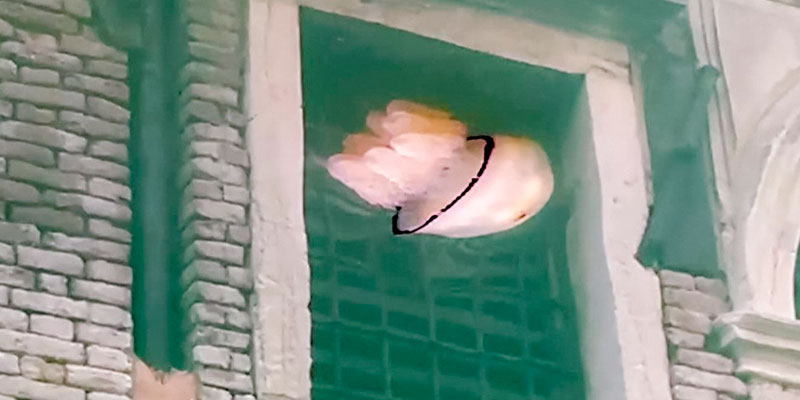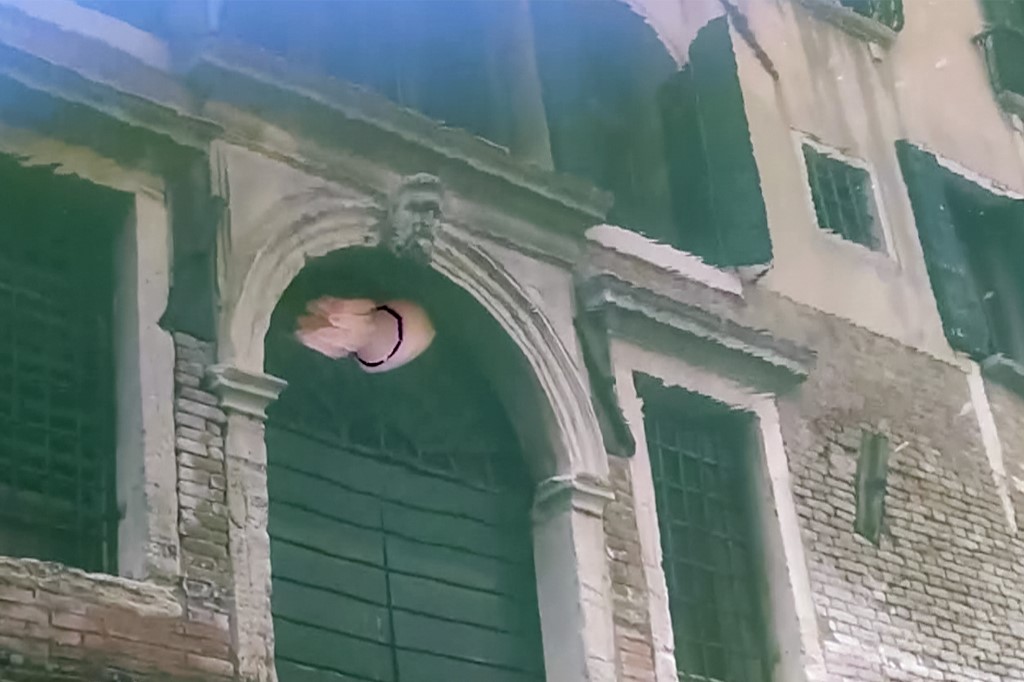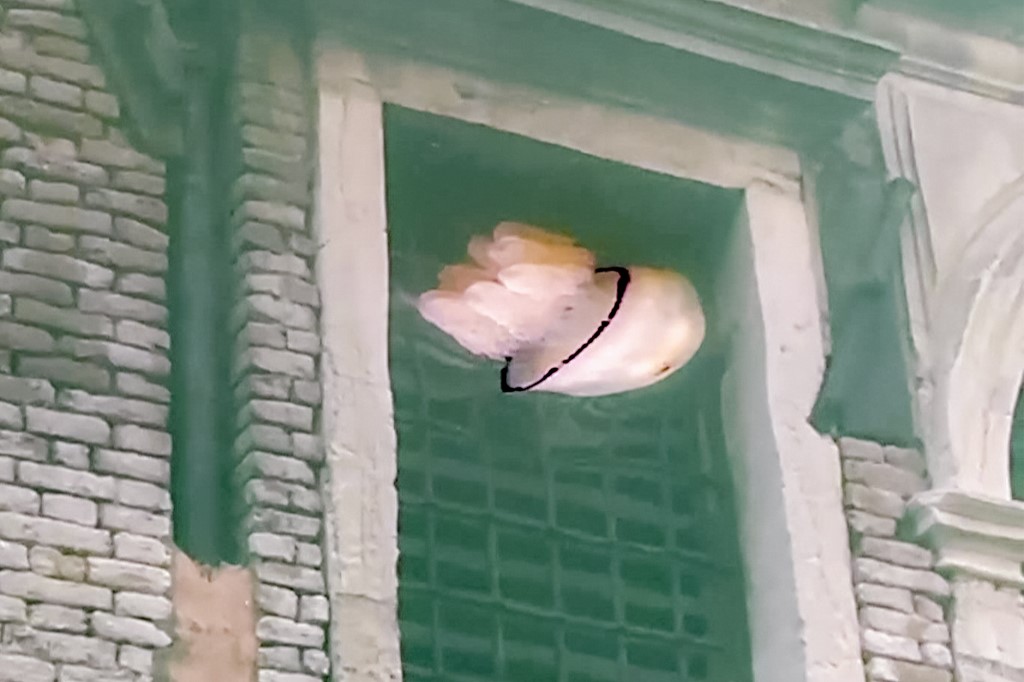
[ad_1]
One expert claims that the water in Venice’s canals has not been as clear in 20 years. Jellyfish, fish, crabs and an octopus were sighted.
AFP.- “The flora and fauna of the lagoon did not change during confinement. What changed is our chance to see it, ”says zoologist Andrea Mangoni as he plunges his camera into the waters of Venice’s canals to explore aquatic life.
These are some examples:
- A crab tries to catch a prying intruder with its claws.
- Jellyfish emerge flush with the surface as schools of fish calmly pass underneath.
- Mollusks cling to the famous piles of the Serenissima and algae of all colors sway at the mercy of the current.

Photo: HANDOUT / ANDREA MANGONI / ZOOLOGIST / AFP
The canals of Venice, in Italy, in the absence of tourists since the beginning of March, the water and its mud are no longer removed by the thousands of boats, taxis, vaporettos, gondolas and private boats, that travel them normally.
A golden opportunity for Andrea Mangoni, whose profession is to disseminate zoology and stock up on images.
His photo of a jellyfish gently propelling himself into a limpid channel went viral on various social networks.
“The sediments remain at the bottom. Now, we can see 50 or 60 centimeters, and even a meter below the surface, “he says. “As a result you can see animals that were literally hidden in the muddy waters,” he continues, explaining that he had never seen “such clear water” in 20 years of work in Venice.
“The only difference”, he adds, is that “some animals that were relegated to the larger or wider Venice canals can now move to the historic center, since there are no longer gondolas, motor boats or smaller boats” .
“Not only have traffic and ship pollution decreased in Venice. Also noise, which is another form of pollution and greatly disturbs living organisms in the lagoon, ”Marco Sigovini, a researcher at the Venice Institute of Marine Sciences (ISMAR-CNR), tells AFPTV.

Photo: HANDOUT / ANDREA MANGONI / ZOOLOGIST / AFP
He says he has seen an octopus in the canals in the center, something that has never been seen here before.
“The fauna and flora of the Venice lagoon are much more diverse and interesting than we think. But since the water is generally cloudy, we do not pay attention to these organisms ”, continues Marco Sigovini.
In his opinion, the image of the jellyfish swimming calmly in the canal is not so surprising: “For 20 or 30 years, jellyfish have multiplied in our seas. They enter the lagoon more and more frequently, especially in certain stations, perhaps pushed by the current, “says the scientist.
“Normally, the traffic is very intense. So it is possible that they often die, “he said.

Photo: HANDOUT / ANDREA MANGONI / ZOOLOGIST / AFP
“It seems that we are on a coral reef, there is an extraordinary amount of colors and life forms that make the lagoon unique,” says Andrea Mangoni.
But Marco Sigovini is half-hearted with the long-term consequences of confinement for the environment: “These months of confinement may not be enough for a major quality change in our ecosystem.”
DO NOT MISS: Venetian canal waters look cleaner and clearer after quarantine
During quarantine, birds and raccoons enjoy Central Park
More than 3,000 flamingos return to a lagoon in Albania
Several sea lions were sighted resting on the streets of Mar del Plata, Argentina
This video shows more about the fauna of the canals of Venice.